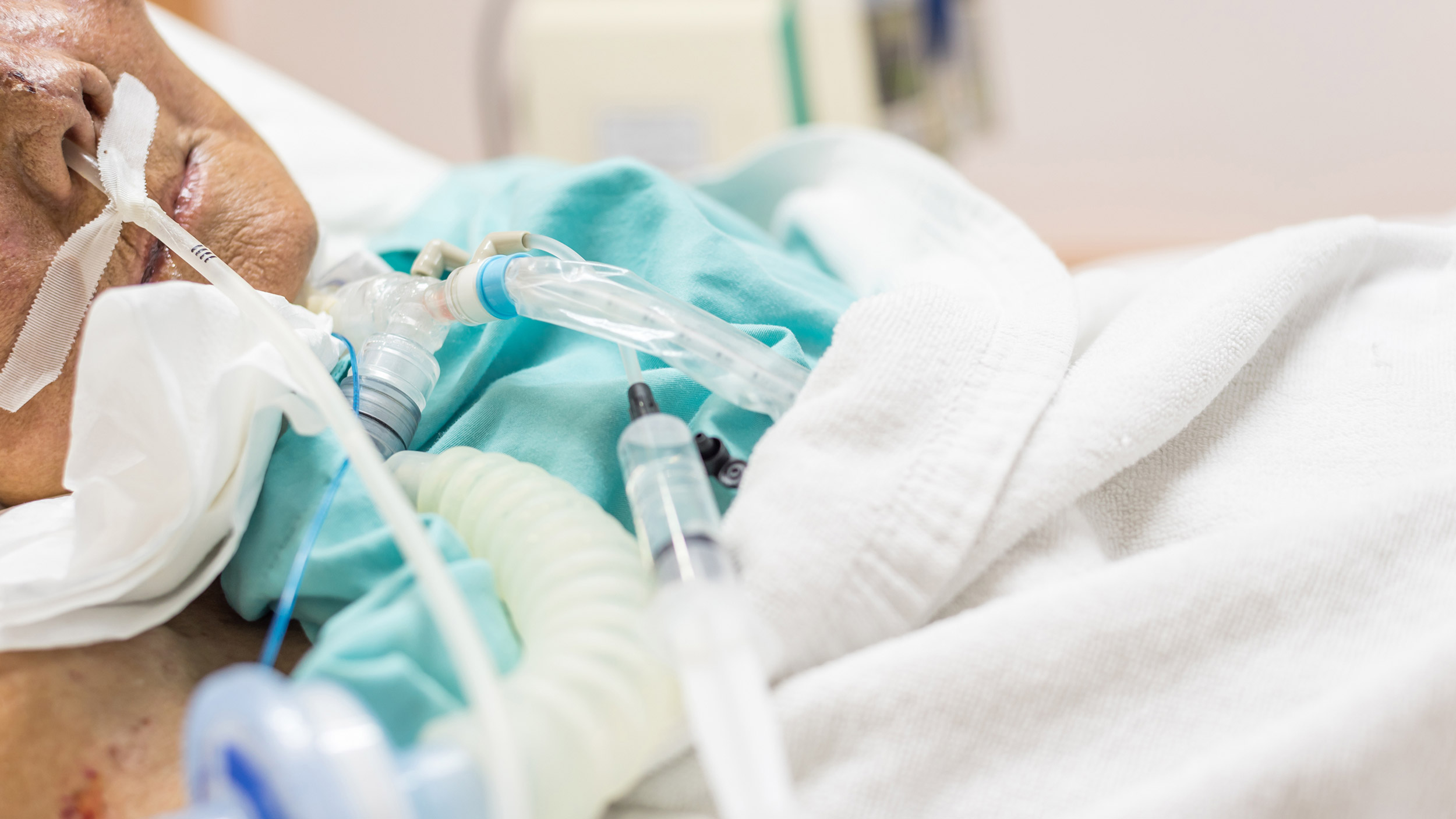
Increasingly, hospitals are combining certain pulmonary and GI procedures into one service, because patients require shorter hospital stays and costs are reduced when some procedures are performed at the same time, experts say.
In a recent webinar entitled “Development of a Tracheostomy/Percutaneous Endoscopic Gastrostomy Service: Better Together,” Dr. Van K. Holden, an interventional pulmonologist and associate professor of medicine at the University of Maryland School of Medicine, shared reasons for the trend and steps needed to start such a service.
“As interventional pulmonologists, we typically are used to placing tracheostomies, but there is a lot of added value in adding gastrostomies to the service,” Holden said in the May webinar, hosted by Women in Interventional Pulmonology (WIIP) and available to members on the organization’s website. “Many patients in the ICU simultaneously develop a need for a tracheostomy as well as a gastrostomy.”
More than 58,000 tracheostomies and between 160,000 and 200,000 percutaneous endoscopic gastrostomy (PEG) procedures are performed in the U.S. each year, Holden said.
Surgeons, interventional pulmonologists and intensivists all are able to perform the procedures simultaneously, Holden said in the webinar.
Here’s What the Research Says
Two studies conducted in a Medical Intensive Care Unit (MICU) by experienced interventional pulmonologists each evaluated about 80 patients across a period of four years, or about 20 patients a year.
One study was conducted by Dr. L. Yarmus and others and published in CHEST and the other was published in the Journal of Intensive Care Medicine and authored by Dr. Erik Folch and others. There was no statistical difference in terms of complications or clinical outcomes compared with performing the procedures separately, the studies found.
A retrospective cohort study of about 300 patients showed multiple advantages for conducting the procedures together. Those included decreasing the average ICU length of stay and the median hospital length of stay, and as a result overall hospital costs were reduced by $35,000, Holden said.
One 2022 study that documented combining tracheostomy and PEG showed a five-day reduction in ICU stays, an eight-day reduction in mean hospital stays and a cost reduction of more than $26,000 annually, or about $2.5 million a year.
The benefits of combining tracheostomy and PEG include:
Advice from Hospitals Practicing Combined Procedures
At Johns Hopkins University, combined teams consisting of mostly interventional pulmonologists typically perform the trach first and then the PEG. By performing procedures in that order, and removing the endotracheal tube from the mouth, there is more room for the scope or orogastric balloon to be placed via the mouth, Holden noted in the webinar.
The University of Maryland’s combined team has created checklists, established champions and designated dedicated carts to make sure procedures go smoothly, Holden said.
Ambu offers the Ambu® aScope™ 5 HD Broncho System and aScope™ Gastro which can combine these procedures that Holden discussed in the webinar. That system, sometimes referred to as cluster care, minimizes patient transfer, limits contact and saves PPE.
Because Ambu’s aScope 5 is single-use, there is no worry about scopes being damaged by the needle or about leak testing. The system helps avoid cancellations, smooths out workflow and guarantees sterility.


